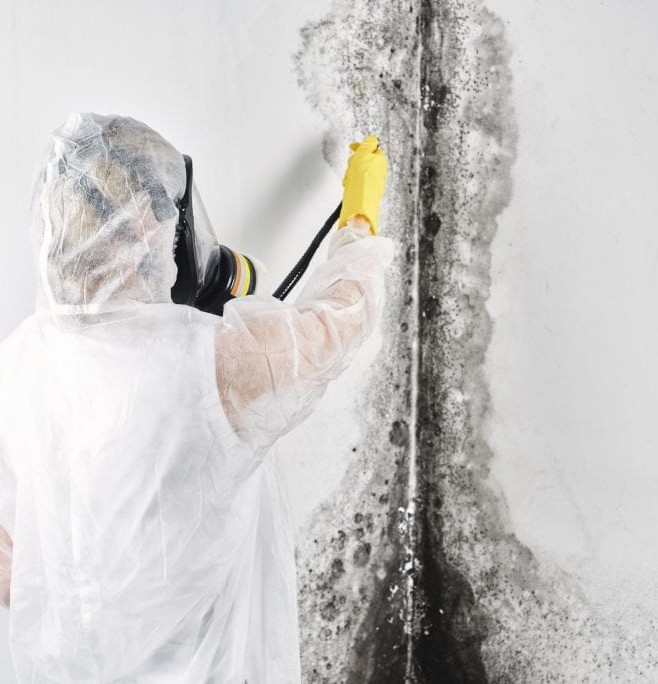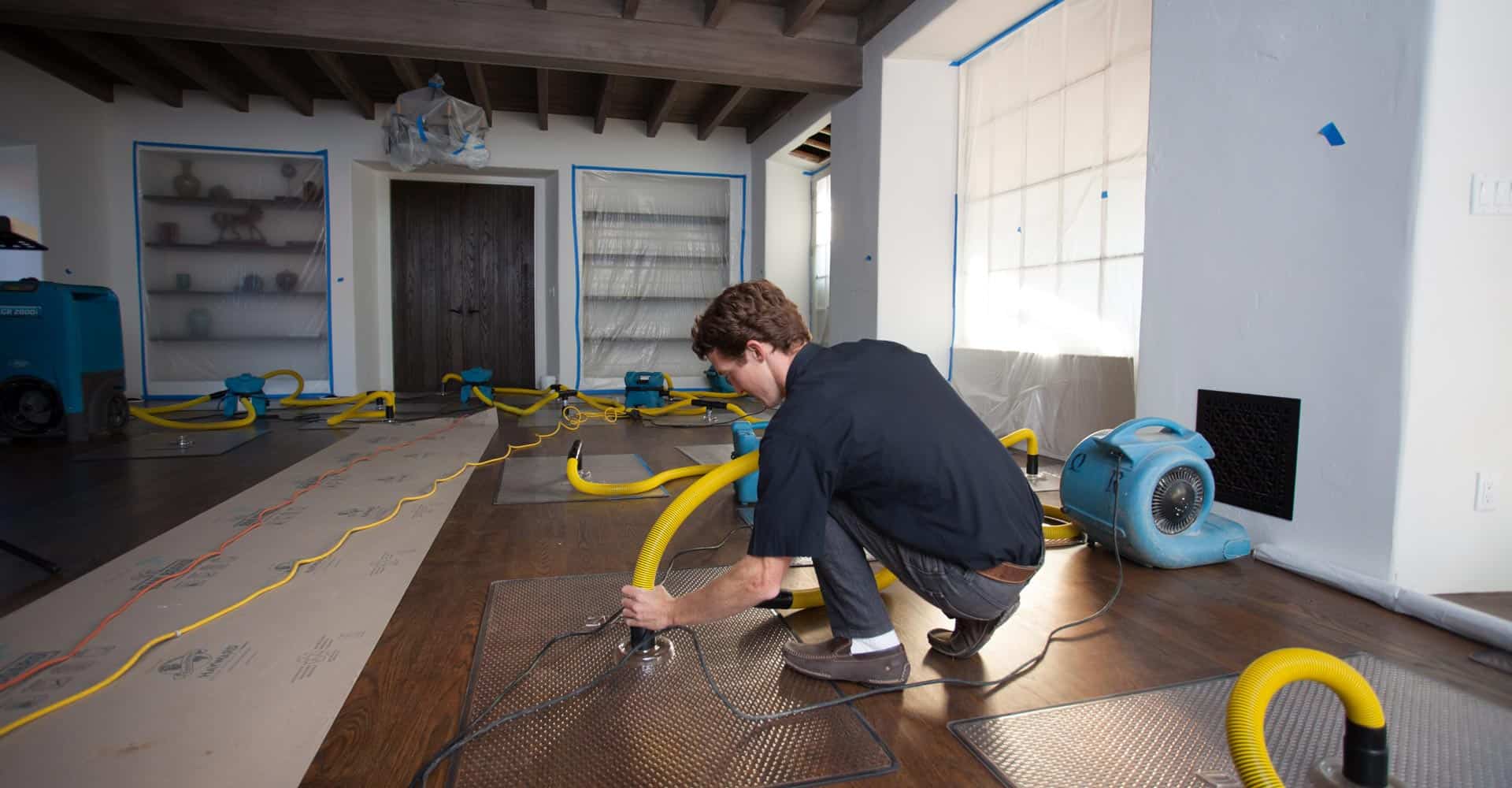How Dangerous Is Mold In Your Home Or Office?
Molds are one of the most common infections in people, yet many people believe they only occur in older homes. Mold spores do not have a specific age limit, so it can develop at any time. Mold comes in a variety of hues, including black, white, green, and orange.
Regardless of the sort of mold you detect in your house, it is an issue. It usually develops in moist locations and thrives at temperatures ranging from 60 to 80 degrees Fahrenheit.

Acremonium
Acremonium is a genus of fungus in the family Hypocreaceae. Previously known as Cephalosporium, it is a slow-growing species that grows initially compact and moist. Acremonium species are generally slow-growing and start out compact and wet. This toxic mold is harmful to you and should be removed immediately.
Alternaria
Some people are highly allergic to this mold. Alternaria is a genus of Deuteromycetes fungi. Alternaria species are severe plant pathogens. They're also common allergenic triggers in humans, especially those who live indoors, causing hay fever or hypersensitivity symptoms that can develop into asthma. Rapid spreading is one of many reasons you should get Alternaria mold removed sooner than later.
Aspergillus
Aspergillus is another allergen. It has toxic effects and can induce allergy or respiratory problems. Breathing in Aspergillus isn't harmful to those with strong immune systems. However, those with weak immune systems Aspergillus spores might cause an infection in the lungs or sinuses that spreads to other areas of the body for these individuals.
Aureobasidium
To thrive, Aureobasidium pullulans requires a high level of available water; it's typically found indoors on wet surfaces like shower curtains, tile grout, window sills and frames, and roofing. If you need water damage removal in Miami please call sooner than later to avoid mold growth in your home or office.
Chaetomium
Chaetomium is a genus of fungus in the Chaetomiaceae family. It's a dematiaceous mold (dark-walled) that normally grows in soil, air, cellulose, and plant debris. This mold develops in moist environments including your roof, basement, pipes, and drywall.
Cladosporium
Cladosporium is a type of fungus that infects plant roots, causing root rot and other diseases in various types of plants. Although Cladosporium does not cause illness in people, long-term exposure to a lot of any mold, particularly Cladosporium, can induce negative health effects such as allergy and asthma symptoms.
Fusarium
Fusarium fungi are widely known and may be found in the soil, air, and on plants. Following ingestion of food contaminated by Fusarium fungus, humans can develop mycotoxicosis. In people, Fusarium species can cause localized, focally invasive or disseminated infection. It can be found in carpets, textiles, and wallpaper. It is pink, red, or white in color and grows on food naturally.
Mucor
Mucormycosis is a serious illness caused by inhaling molds. It can quickly spread throughout the body, posing a significant risk to health. If not treated, the infection may spread to the lungs or brain. It's prevalent in damp carpeting and near air conditioning equipment. This fungus can cause fungal infections, so be cautious, and call a professional Miami mold removal specialist to help you.
Penicillium
Penicillium is a genus of fungus that may cause some respiratory problems, including allergies and asthma. It's a mold that most people have encountered on food, as it contains hundreds of different species. It's a type of mold that some Penicillium species produce airborne spores, which can aggravate allergic reactions and asthma in sensitive individuals.
Stachybotrys
Stachybotrys chartarum is a greenish-black mold that feeds on cellulose. It can grow on materials with a high cellulose content, such as fiberboard, gypsum board, and paper, if there is enough moisture from water damage, leaks, condensation, water infiltration, or flooding. It requires sustained dampness, call a water damage company as soon as possible.
Trichoderma
Trichoderma longibrachiatum is a very dangerous and toxic plant. It makes poisonous trilongins, which aren't often found in protein amino acids. Typically found in humid carpeting, wallpaper, and other surface
Ulocladium
This mold may be found both indoors and outdoors. It is prevalent where there is a lot of water influence. This mold is frequently seen in kitchens, bathrooms, basements, and windows with severe water damage. Although no medical evidence has yet shown that this mold can produce mycotoxins, it continues to pose a hazard to human life.

